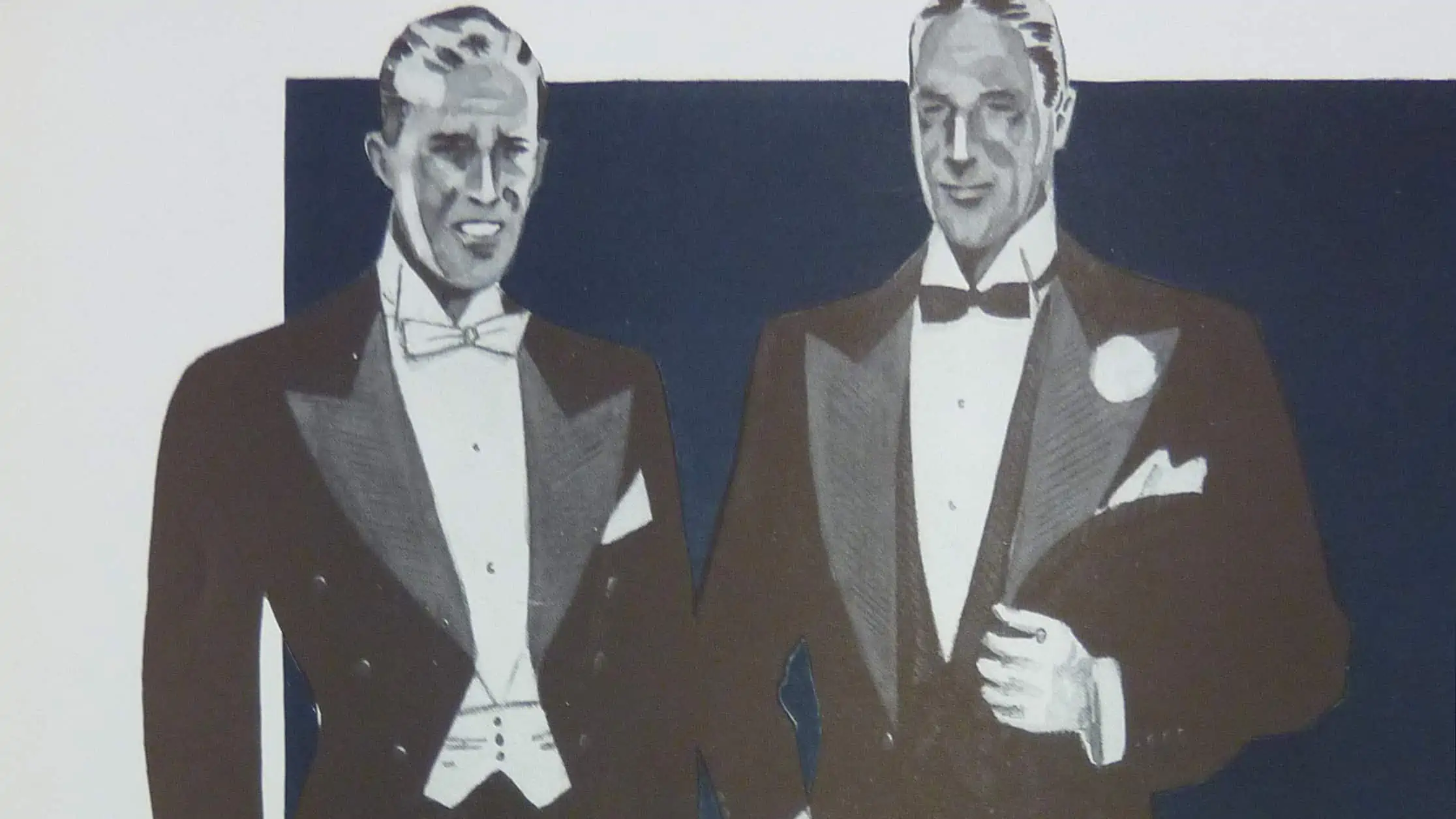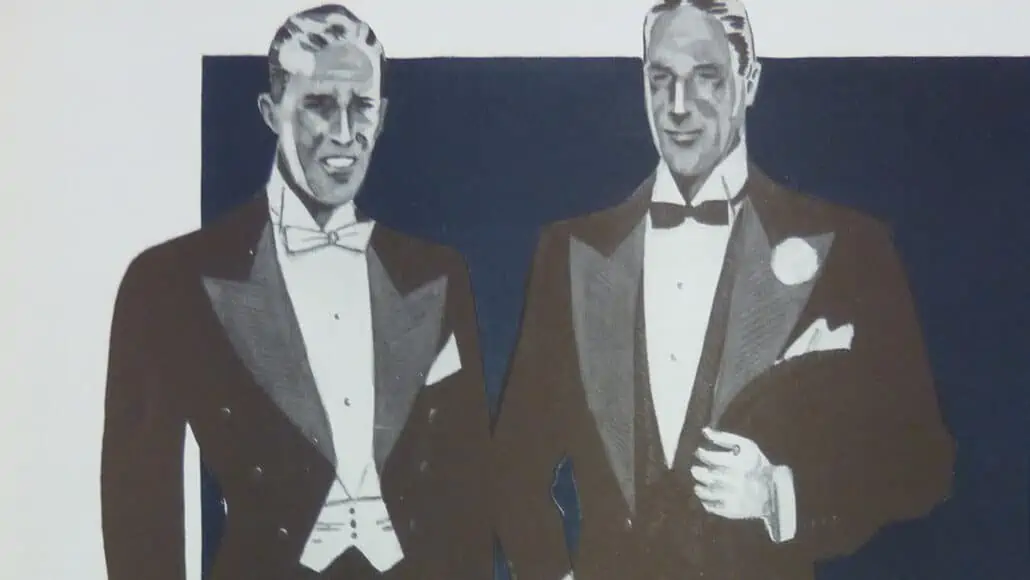
Overlooked Benefits of Formal Dress Codes
Social Guideposts
At the turn of the twentieth-century, dress codes were rigid and extensive protocols that prescribed specific attire for every conceivable social and leisure activity, and tolerated little deviation. One hundred years later, we have rid ourselves of such excessive constraints only to discover that along with the proverbial Edwardian bathwater, we have also thrown out some very valuable benefits.
A major drawback of discarding dress standards is clearly spelled out by Britain’s authoritative etiquette guide, Debrett’s New Guide to Etiquette and Modern Manners:
“Indecision about what to wear is one of the most visible manifestations of contemporary social confusion and insecurity. The elevation of comfort above all other considerations, the flawed belief that informality equals conviviality, and downright laziness have resulted in a contradictory and illogical dress sense.”
It is therefore ironic that the appearance of the Black Tie dress code on an invitation causes panic in so many men. Unfamiliar with the concept, they view the looming event as an intimidating test of sartorial skills which they know are sadly lacking. No wonder style and etiquette advisors frequently begin their instruction to men with a reminder that the Black Tie “test” comes with a complete set of answers guaranteed to ensure top grades to any student that follows them. As Men’s Wardrobe so succinctly puts it: “Black tie is your friend, not your enemy.”
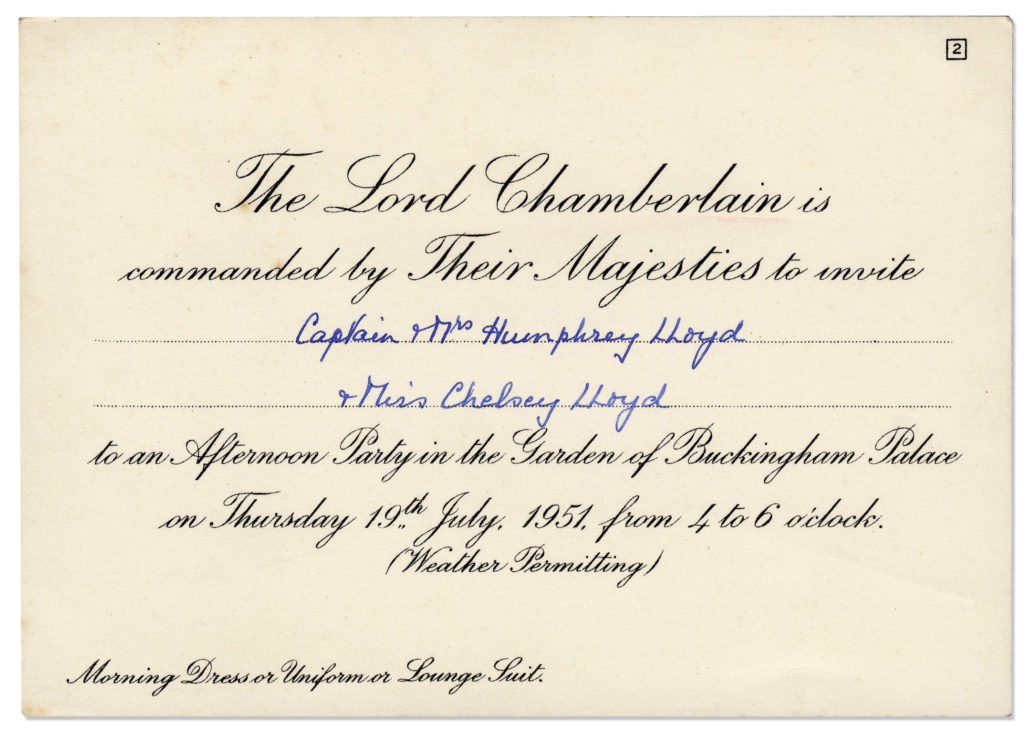
Sense of Occasion
In addition to providing clarity and self-confidence, prescribed attire also helps to generate a sense of occasion. Combined with a specific code of conduct it fashions a social ritual that elevates one type of happening above another. Fine restaurants may go to great lengths to provide a more elegant atmosphere than a local pub, for example, but if their customers import typical pub clothing and behavior then these establishments are robbed of much of their special character. Unfortunately, this fact is increasingly evident in today’s world as the once noble quest to end aristocratic snobbery manifests itself in a growing culture of democratic slobbery.
Act of Consideration
Just as a host or hostess can show consideration towards guests by providing clear dress guidelines, so does a guest return the favor by being mature enough to honor them. As Debrett’s author John Morgan so eloquently points out “by being seen to make an effort you are paying your host or hostess a great compliment, as well as making yourself look your most attractive. After all, the short time required for getting yourself dressed is negligible compared with the hours the hostess might have put in preparing the party.” This is particularly true for formal dress codes where ignoring the prescribed etiquette will make it clear that you could not care less about the desires of your host or the experience of your fellow guests.
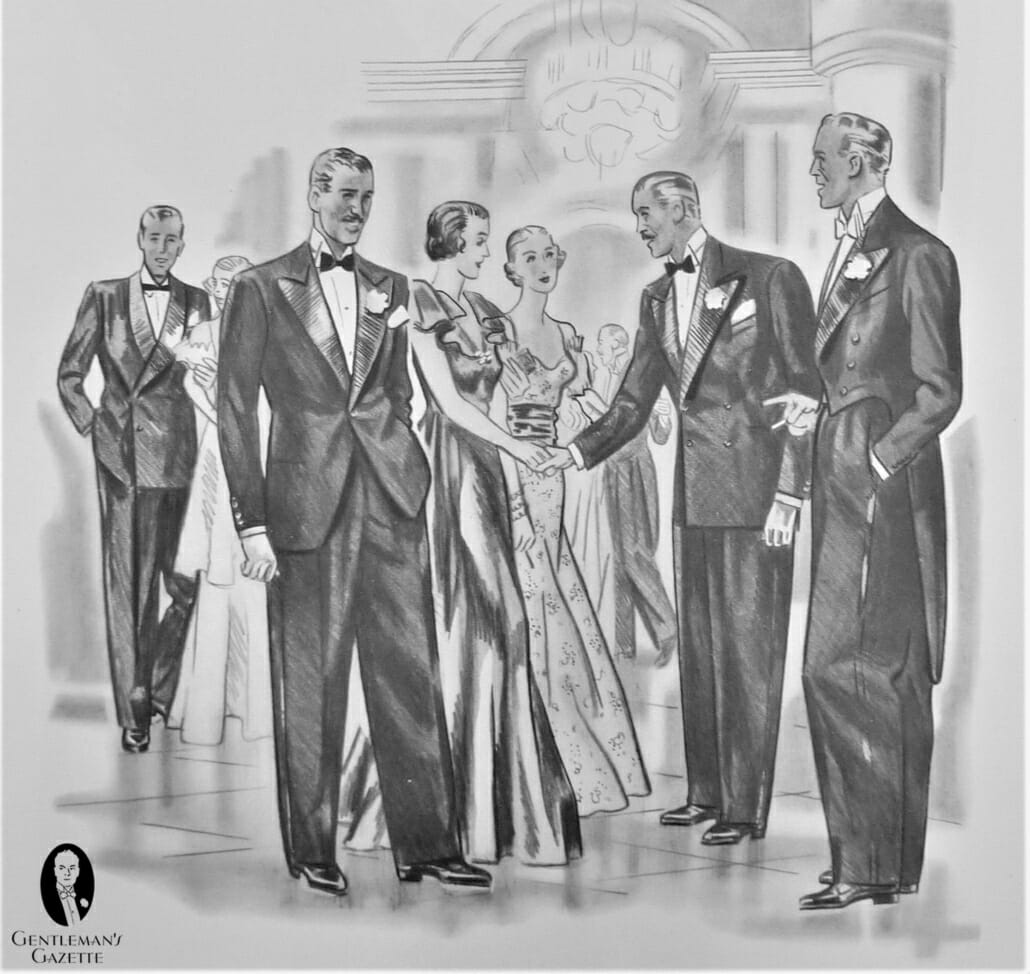
Scale of Evening Dress Codes
(D)evolution of Formal
“Formal” is defined as maintaining a form or tradition and so formal wear is distinctive for preserving sartorial customs of previous times. Although it evolves with changing fashions evening wear deliberately remains a step or two behind them in a process much like a slow-motion ripple effect. When a new standard in daywear splashes onto the sartorial scene the previous norm is pushed out to the realm of formal evening wear which in turn drives prior evening garb to the outer circles of very formal dress and ultimately consigns the previous occupant of that position to the fashion history books.
Formal, Semi-Formal and Informal
While there once was a near-universal consensus of what defined “formal” clothing, the concept has become highly subjective in today’s world.
During Victorian and Edwardian times, the term applied to virtually any evening that included mixed company and such occasions demanded men be attired in full dress; dinner jackets were considered distinctly “informal” and were confined to stag affairs. After the First World War, standards were relaxed and formal was redefined as occasions of prestige and ceremony while the honorific “semi-formal” was applied to the tuxedo which had replaced the tailcoat as de facto evening wear.
World War II prompted a further loosening of social mores including the acceptance of the common suit at typical evening affairs and the consequent elevation of the dinner jacket to special occasion attire. While some communities maintained the pre-war dress codes, other segments of society that rarely wore tailcoats began to classify the tuxedo as formal and the suit as semi-formal. This new interpretation became increasingly popular during the 1960s and 1970s when the arrival of such casual garments as the leisure suit and turtleneck as acceptable day wear bumped the regular suit further up the dress code ladder which in turn promoted the tuxedo’s formality and all but guaranteed the redundancy of the tailcoat.
Today, when it is not uncommon for men to wear T-shirts to the office and sandals to the theater, the concept of formal is even more ambiguous and can mean anything from a tuxedo to a dark suit to a black shirt with designer jeans. A casualty of individualism’s triumph over communalism, traditional dress codes are now largely redundant outside of weddings, one of the last bastions of middle-class formal ritual. (For complete details of how the codes are interpreted in this context see Formal Evening Weddings.)
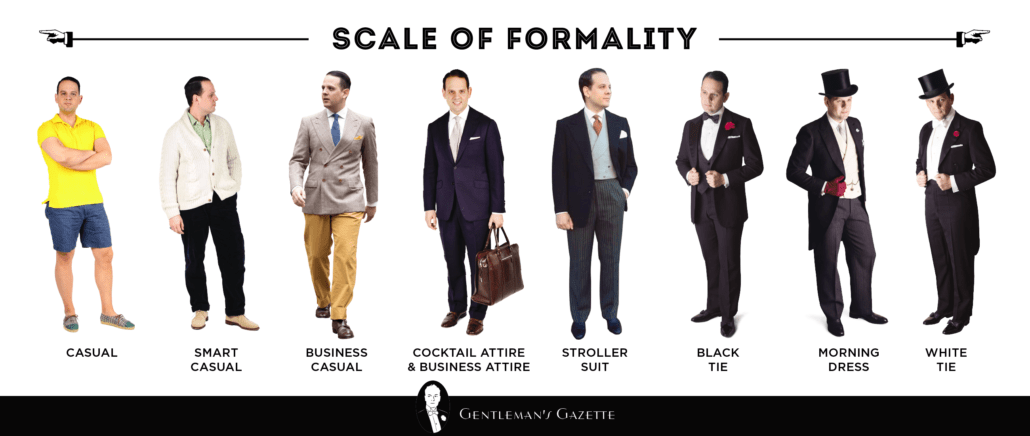
Formal Gray Areas: Overdress or Underdress?
Clearly, interpreting dress codes today is far more complicated than it was in years past. As A Gentleman Gets Dressed Up explains, the best solution for uncertain guests is to seek clarification:
If a gentleman has any doubts as to what he should wear to a wedding – or any other ceremonial occasion, no matter how formal or informal, – he feels free to contact his host or hostess, simply asking “what do you think most of the fellows there will be wearing?” He does not content himself with asking uninformed friends, “Well, Jack, what do YOU think I ought to do?”
When such clarification is not possible, experts are divided on whether to risk being underdressed or overdressed. One school of thought includes the authors of A Gentleman Gets Dressed Up who feel that “the former may be interpreted as a simple misunderstanding [while] the latter suggests conscious premeditation.” In the opposing camp are pundits such Sir Hardy Amies, a British authority on menswear, who pointed out it that is easier for an overdressed man to relax his manner (and his tie) than it would be for an underdressed man to change his clothes. “Correct dressing is only another form of good manners,” he wrote, “and good manners are only another form of mental comfort.”
However, the social stakes are much higher with formal wear due to its highly specialized nature. No matter how noble your intentions, you will very likely be perceived as pretentious if your tuxedo turns out to be the only one in the room. (If you deliberately choose to put yourself in this position – or if you dress in white tie for a black tie event – that perception will be quite justified.)
Ultimately, though, there is absolutely no reason for the confusing gray areas caused by ambiguous traditional dress codes. Thoughtful hosts can instead use alternative codes that state their intentions in black and white.
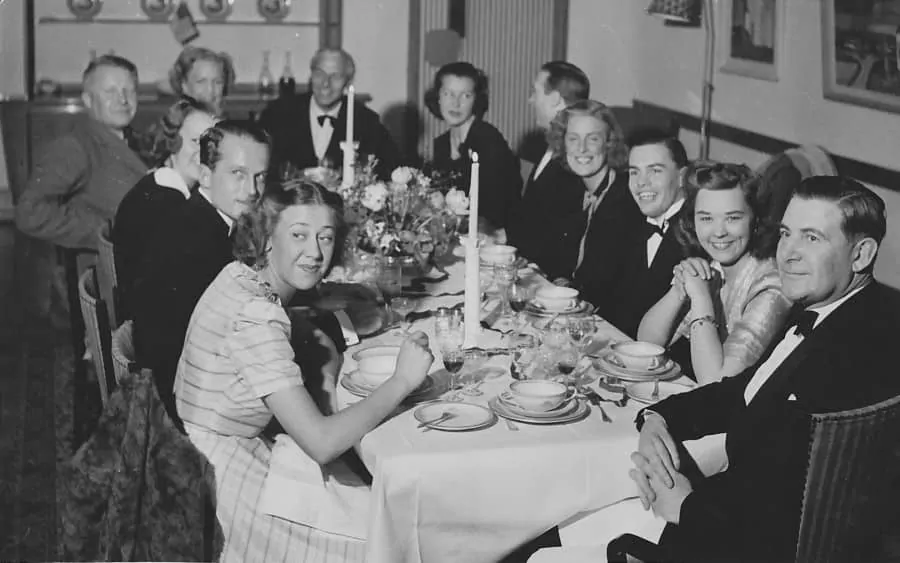
Black-and-White Clarity: Interpreting Dress Codes
“White Tie”, “Black Tie”
As the interpretation of “formal” and “informal” became progressively more subjective in the second half of the twentieth century, hosts increasingly turned to codes that literally spell out the required attire.
At the dressiest end of the scale, the appearance of White Tie (or Evening Dress in the UK) on an invitation announced that male guests are required to wear a tailcoat with the appropriate accoutrements while the ladies were expected to wear ball gowns. Black Tie (or Dinner Jackets in the UK) declared that traditional tuxedos and evening gowns were required. For the least formal evening affairs, Business Attire (or Lounge Suit or Don’t Change in the UK) allowed guests to attend in conservative suits.
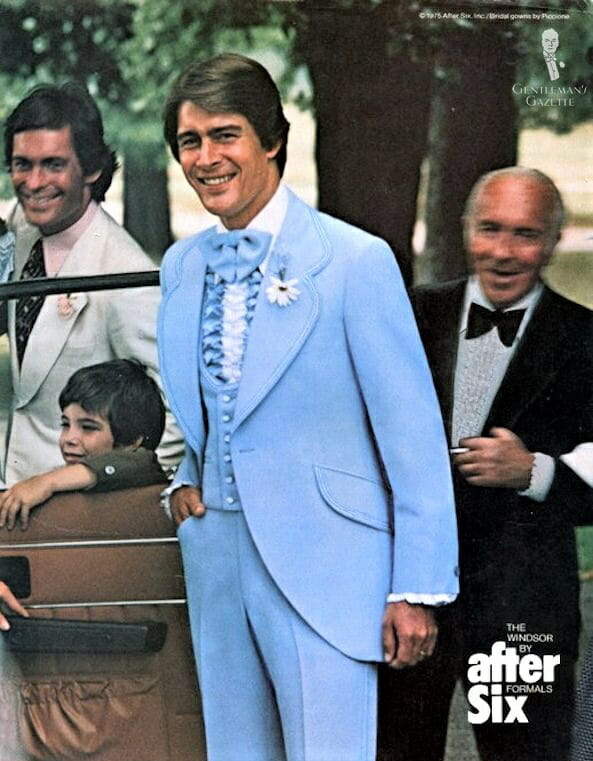
“Black Tie” Variations
This black-and-white three-tier system worked perfectly for decades until declining dress standards introduced a slew of ambiguous deviations. The advent of “business casual” in the 1990s muddied the universal concept of business attire and hosts of informal parties consequently grasped for more descriptive alternatives forcing their guests to decipher such vague codes as Dressy Casual or Cocktail Attire. Similarly, the 1970s reinvention of formal attire led to a number of confusing variations of the Black Tie theme that were counterintuitive to the dress code’s role as a tool for clarity and uniformity. The following page defines these variations and, more importantly, explains why they are to be avoided.
Ladies’ Formal Attire
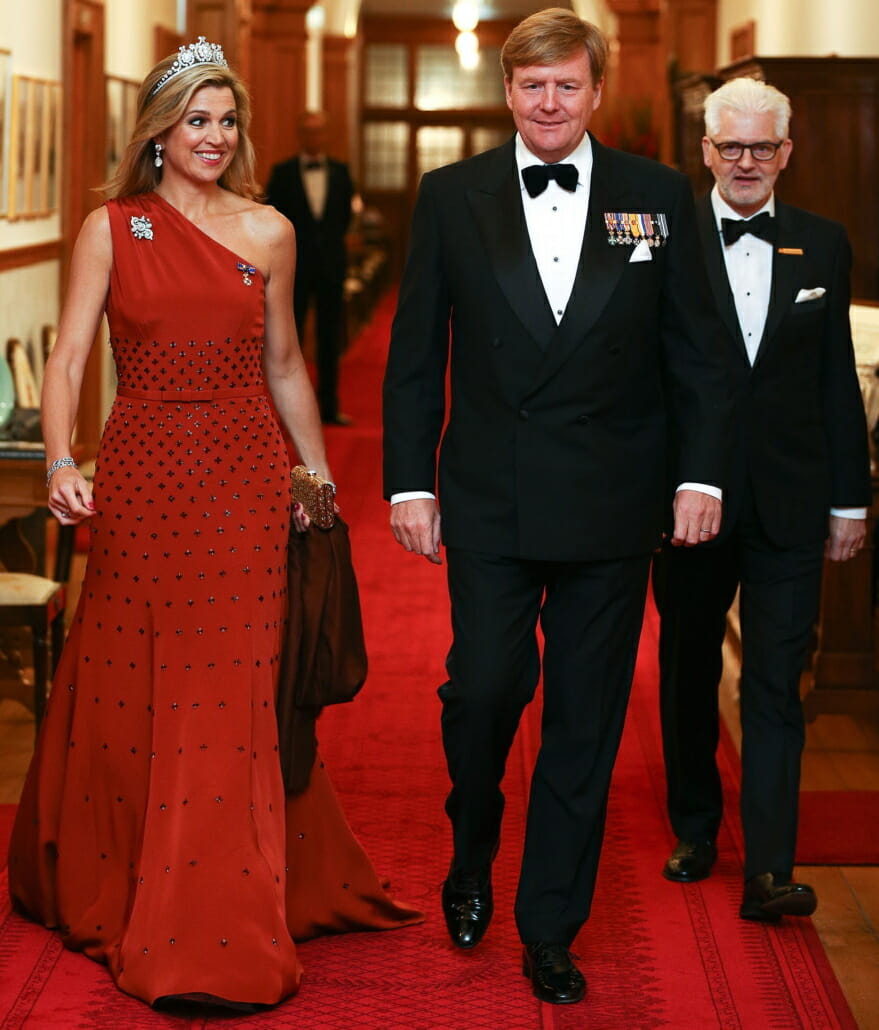
With generic dress codes such as semi-formal or formal, a man’s choice of suit or tuxedo is often determined by the formality of the women’s dresses which varies by local custom.
Conversely, the explicit Black Tie and White Tie dress codes require the women to match the formality of the men’s attire. For more information, see Ladies’ Evening Wear.
“Don’t Change” / “Unchanged”
Debrett’s New Guide to Etiquette and Modern Manners describes this unique British evening dress code as follows:
“This used to mean come as you are, but in a day when men where probably wearing suits and women the equivalent . Nowadays the term, unless the hosts say differently, means not black tie. Thus men should turn up in suits or jackets and trousers with a formal shirt, cuff links and a tie. Women wear presentable day clothes.”
Contemporary Evening Dress Codes
The myriad of modern dress codes such as Dressy Casual, Festive Attire or Cocktail Attire are beyond the realm of this Guide as they are highly arbitrary and do not pertain to formal wear.
Explore this chapter: 2 Black Tie & Tuxedo Etiquette
